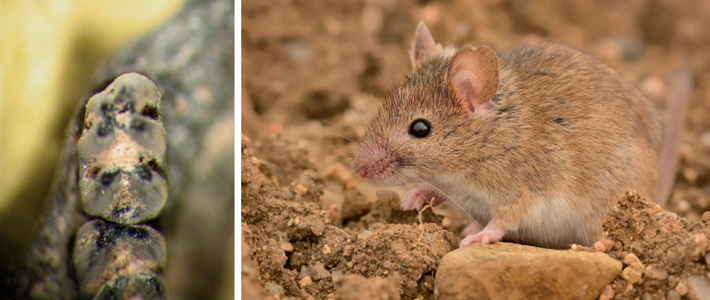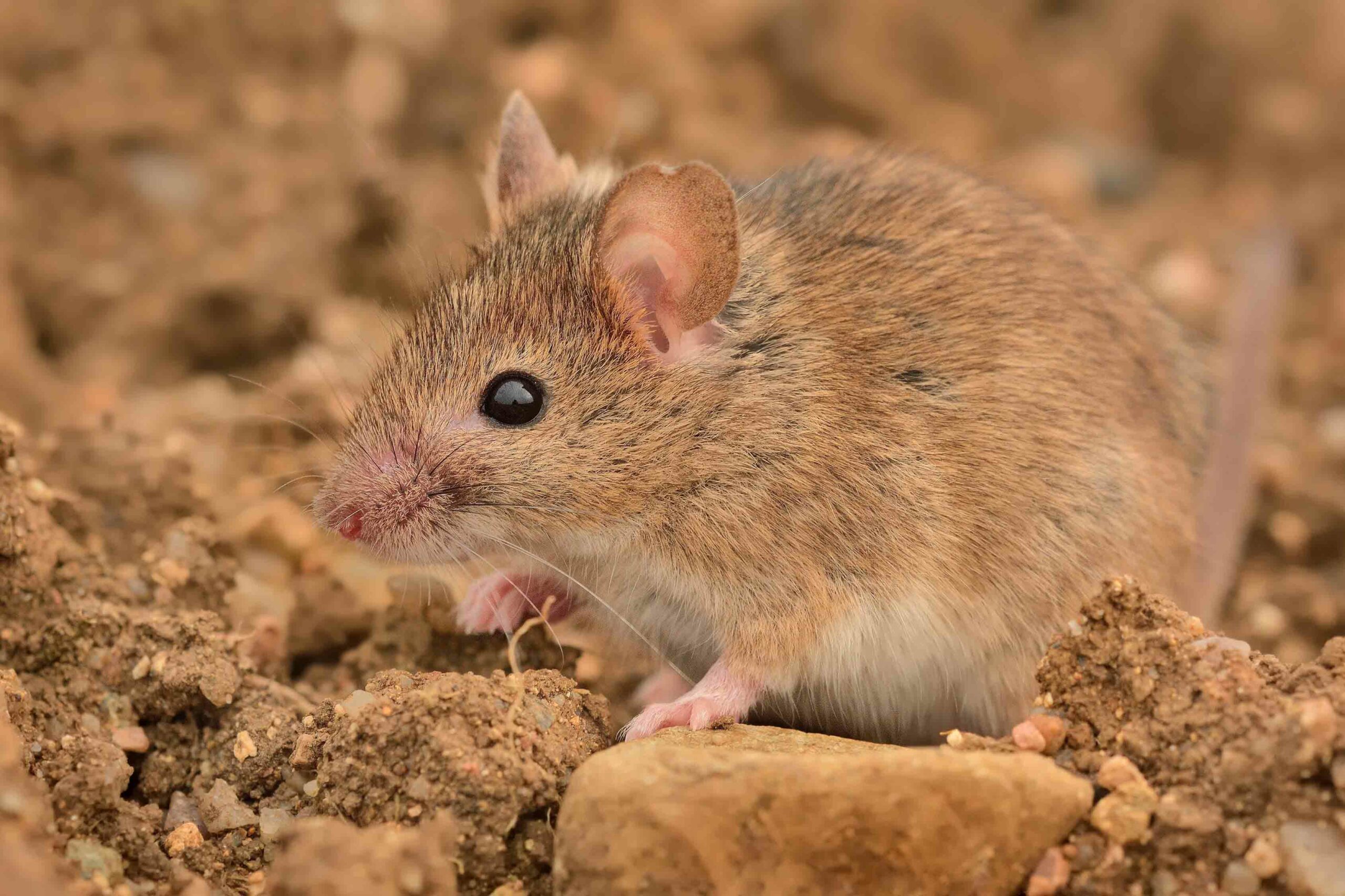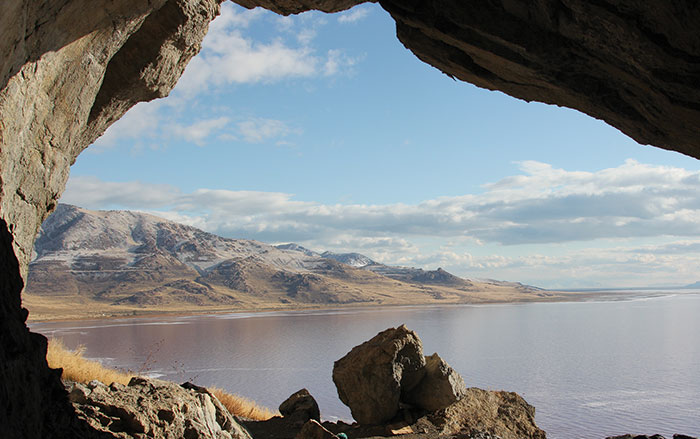
Mice may have begun infesting European homes at least 2,500 years earlier than previously known. Zooarchaeologist David Orton of the University of York identified charred remains of mice recovered from beneath the rubble of a house that burned down around 4500 B.C. in Vinča-Belo Brdo, a Neolithic village in Serbia. To refine his identification of the mice, Orton turned to Thomas Cucchi and Katerina Papayiannis of the National Museum of Natural History in Paris. They lead an international study of the spread of house mice throughout southwestern Asia and southeastern Europe. Using a technique that maps distinguishing traits of various subspecies of house mice by comparing the contours of their molars, the researchers were able to identify Orton’s specimens as those of Mus musculus musculus, the eastern European subspecies of house mouse.
Orton says that it remains unclear exactly how the eastern house mouse came to inhabit Vinča-Belo Brdo at a time when farming and domestic food storage had already existed there for 1,500 years. Based on available evidence, the researchers propose a scenario in which the mice spread naturally across the Eurasian steppe after the Last Glacial Maximum, some 21,500 years ago, and eventually encountered large, densely packed settlements that had begun to develop around 7,000 years ago in southeastern Europe. The rodents then continued their march westward.












